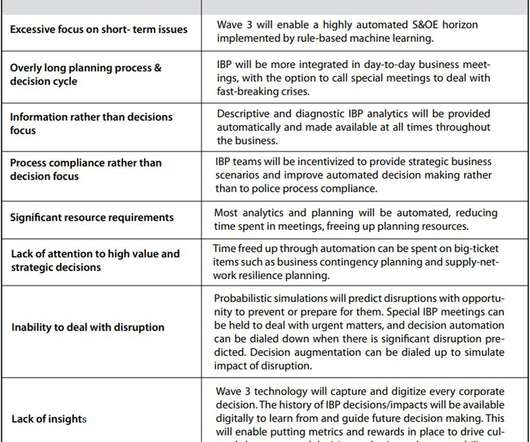What the Coronavirus Pandemic Means for Global Supply Chains
Shipchain
MARCH 17, 2020
companies are particularly struggling with the lack of capacity in China, with over 44% of those interviewed revealing that they had no backup plan in the event of manufacturing disruptions from China, and between 50-60% experiencing delays or suffering from a lack of information from their Chinese suppliers. And according to AXIOS , U.S.




















Let's personalize your content